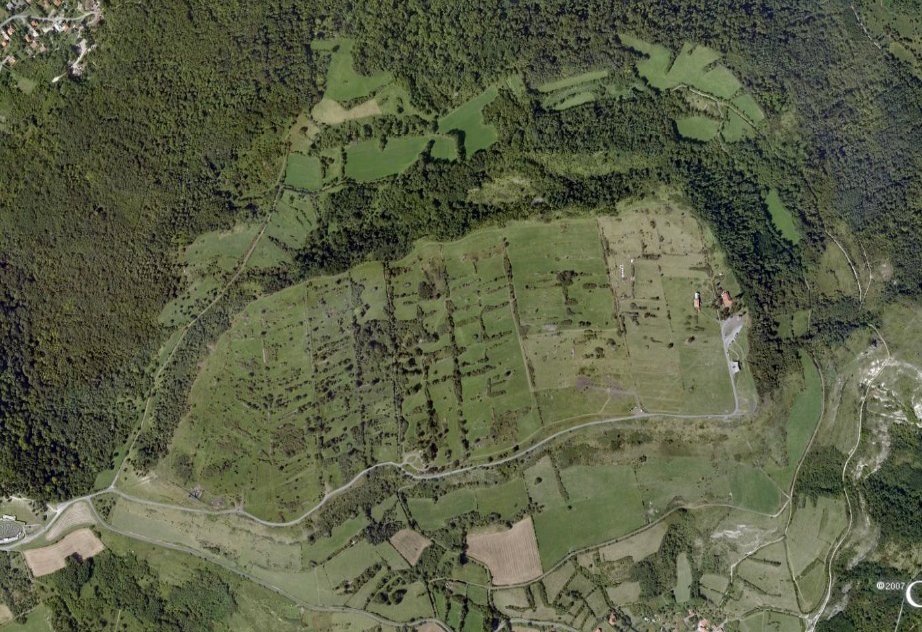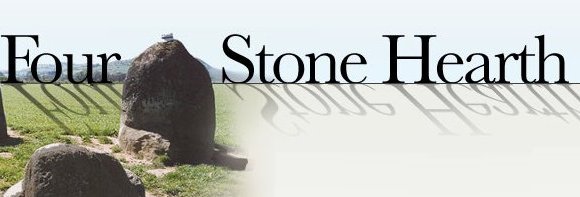Via Eachtra (who have gone live with an impressive new website), we found Wordle. As Eachtra state, the words we use can say a great deal about us and we found the results interesting – a lot of earth, stone and fire, with the occasional ‘colour’ and a little ‘bragging’ (with a hint of ‘won’ and ‘winner’).
Wordle is a web toy for generating “word clouds” from text, in this case generated by our RSS feed. The clouds give greater prominence to words that appear more frequently in the text.

By the way, WhenonGE # 11 is still up at PhDiva and the most recent 4 Stone Hearth is up here at the Swedish Osteological Association’s blog.
And for St. Patricks (or St. Patty’s) Day, when all America will be eating ‘Corn beef and Cabbage’ and ‘Rueben’ Sandwiches (Corn Beef sandwiches, I think), here’s a snippet of what is likely to be happening in all the Moore Group staff households (and in exactly these type of accents, by jiminey, begosh)…..
And if anyone can explain exactly what is going on in this movie excerpt, it’d be appreciated… Why is the lovely lady so angry?
Or how about this special Remington Steele version.
Now, by jaysus, I’m off out for a quick fight before my spuds.
Ah! Just got it on the Remington Steele vid – ‘When Irish Eyes are Happy, They’d ‘Steele’ your heart away’!




